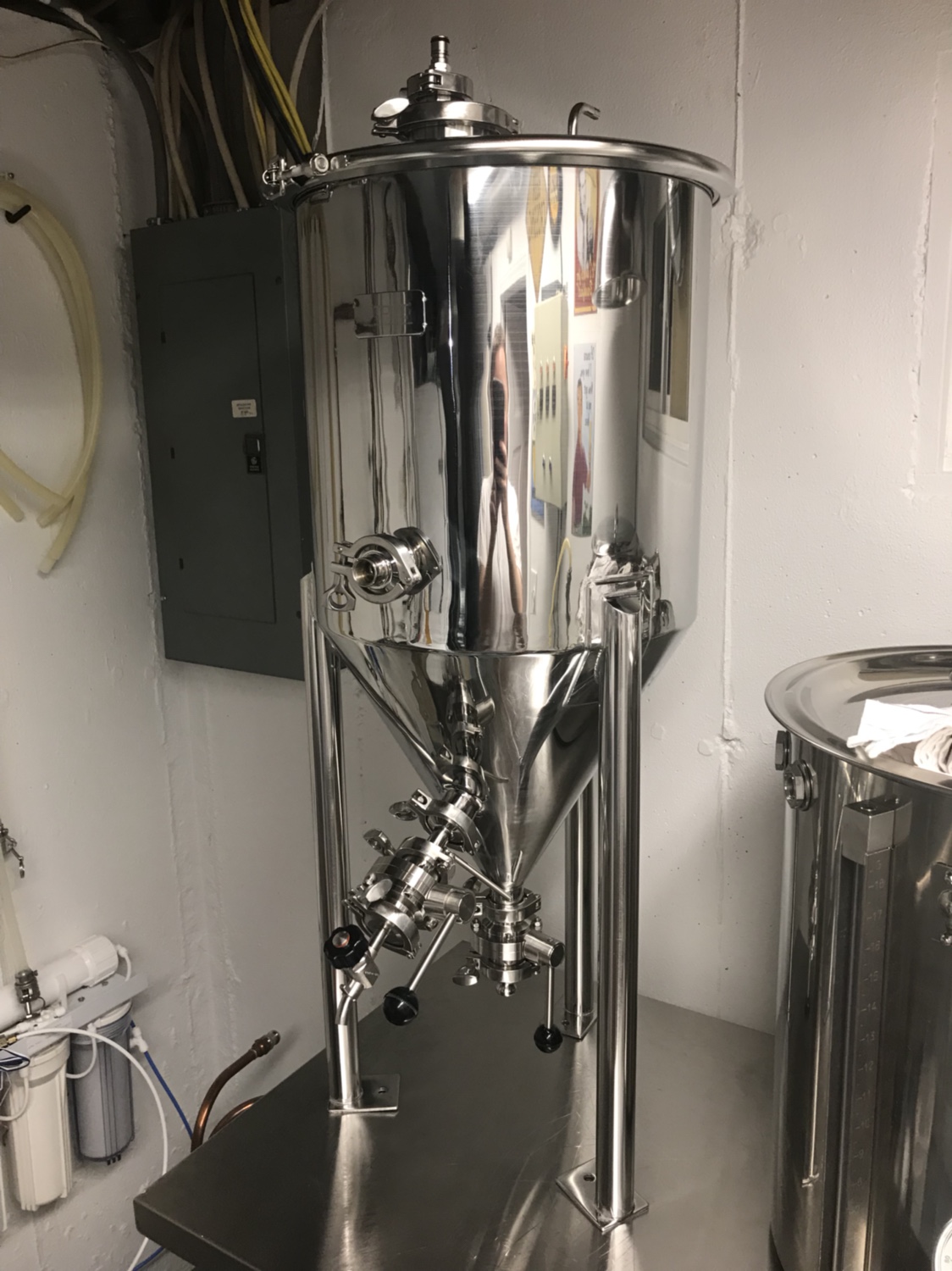cheesebach
Well-Known Member
- Joined
- Jun 27, 2014
- Messages
- 305
- Reaction score
- 86
For those of you using the floating dip tubes in the FV - are you still able to do a closed gravity-fed transfer to the SV? Or do you need to use CO2 to apply pressure to the FV to keep the transfer going? I’m wondering whether the screen on the floating dip tubes to keep out dry hops would restrict flow enough that the gravity fed transfer wouldn’t work.
Also, how easy is it to clean all the the yeast and hop material out of the nooks and crannies on these, since they can’t really be submerged and soaked in PBW to clean? I bought one of the CBD floating dip tubes with the dry hop screen awhile ago, but haven’t tried it yet in the FV because of some of these concerns.
Also, how easy is it to clean all the the yeast and hop material out of the nooks and crannies on these, since they can’t really be submerged and soaked in PBW to clean? I bought one of the CBD floating dip tubes with the dry hop screen awhile ago, but haven’t tried it yet in the FV because of some of these concerns.



















![Craft A Brew - Safale S-04 Dry Yeast - Fermentis - English Ale Dry Yeast - For English and American Ales and Hard Apple Ciders - Ingredients for Home Brewing - Beer Making Supplies - [1 Pack]](https://m.media-amazon.com/images/I/41fVGNh6JfL._SL500_.jpg)










































